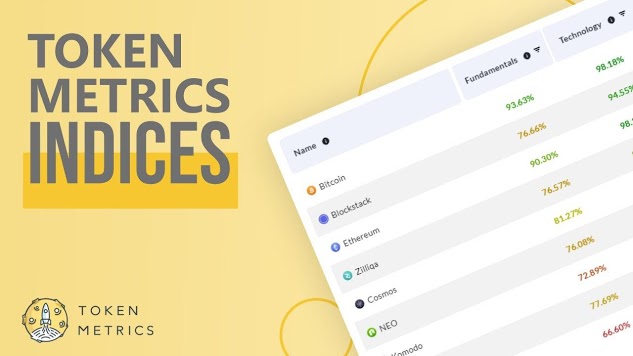
The latest degen “gold rush” to inscribe everything from profile pictures to memecoins has led to at least half a dozen blockchain networks cracking under pressure over the past week.
The last few days have seen Arbirtrum, Avalanche, Cronos, zkSync, and TON all suffering partial or full outages recently due to inscriptions, with modular data availability network Celestia the latest to succumb, according to industry researchers who posted a screenshot of its block explorer on Dec. 18.
Videos have also been posted of mass minting on the Celestia network.
“The team is actively investigating, but we can confirm that a sustained surge of inscriptions triggered the sequencer to stop relaying transactions properly,” Arbitrum confirmed on Dec. 16 amid a 78-minute outage.
Meanwhile, Cronos developer Ken Timsit reported that the team implemented a network update to activate dynamic transaction fees that change with transaction volume.
“The chain can now more effectively withstand traffic spikes like the one that took place this week, which was caused by high demand for inscriptions,” he said.
What is driving the gold rush?
Like Bitcoin Ordinals, which allows data such as text, images, and videos to be inscribed directly on-chain — people have now realized they can do the same thing on Ethereum and other EVM-based chains by inscribing data on transaction calldata.
Crypto developer Shardul Mahadik explained:
“Bitcoin inscriptions are equivalent to writing on the smallest denomination of a currency bill (UTXO model). EVM inscriptions are the equivalent of the notes are remarks field on a payment app. Where you make a 0 transaction to yourself and write data in the notes field. (acc model)”
Over the last few days, most of these have been BRC-20-type tokens, themed after various collections such as Bitcoin Frogs and various new token tickers such as BMBI, BEEG, and GROK according to ordinals tracker Ord.io.
Crypto researcher “cygaar” postulated that users are sending token mint and transfer transactions to themselves with call data because operations are cheap.
They are being heavily used in an attempt to replicate ERC-20 successes on other chains, but much of the activity is the same users spamming small mints repeatedly due to the lower cost of minting compared to smart contract interactions.
Inscriptions have taken down multiple chains and caused huge gas spikes over the last couple of days.
However, very few people actually understand what’s going on.
Here’s a simple explanation of inscriptions – how they work and why they’re being spammed everywhere : pic.twitter.com/IjQ6wuypRX
— cygaar (@0xCygaar) December 18, 2023
Bitcoin developer Eric Wall theorized earlier this month that EVM inscriptions could be seen as a way for retail to access low-cap crypto assets.
ICOs have been regulated and restricted and many projects start with token sales limited to venture capital firms or accredited investors.
“Burning gas/wasting blockspace is one of the last distribution mechanisms that exists with open access to retail,” he said. He described inscriptions as “BRC-20 derivatives,” adding:
“Since *anyone* can participate in the issuance of a specific ticker (mining it by burning blockspace) from day one, it is one of the few last bastions where retail can get in at the ground floor in a not-yet-clearly-illegal fashion.”
However, Michael Rinko, an analyst at crypto research firm Delphi Digital, didn’t see the logic behind it. “I kinda just see it as the new hot thing,” he told Bloomberg before adding, “There is zero rationality behind it.”
Related: Daily gas spent on EVM inscriptions surges to record high of $8M
Meanwhile, blockchain sleuth ‘ZachXBT’ warned about crypto influencers shilling shitcoins in a Dec. 19 post on social media.
“The market was trending up for weeks yet they still have to resort to this to trade profitably,” he said before adding, “This is your warning so do not come crying to me if you get dumped on.”
Take note of influencers who are shilling coins with a lower market cap or liquidity than their entire follower count.
The market was trending up for weeks yet they still have to resort to this to trade profitably.
This is your warning so do not come crying to me if you get… pic.twitter.com/Z6n2wllM2w
— ZachXBT (@zachxbt) December 18, 2023
As reported by Cointelegraph on Dec. 18, inscriptions on EVM (Ethereum Virtual Machine) compatible chains have surged over the past few days.
According to Dune Analytics, more than $6 million was spent on gas on inscriptions on Dec. 18, and a record $8.3 million was spent on them on Dec. 16.

However, on Dec. 18, Polygon founder Sandeep Nailwal noted that minters were switching to Polygon due to its favorable gas fees.
Highest number of inscriptions on @0xPolygon POS, 161m.
More than 2X the amount of inscriptions on the second ranked chain for inscriptions.
Fun part, afaik the gas fees still stayed under 10 cents, i heard horror stories that on somechains it went to as high as $400. Peak… pic.twitter.com/RC91DaOGhx
— Sandeep Nailwal | sandeep. polygon (@sandeepnailwal) December 18, 2023
Magazine: BlackRock revises BTC ETF filing, El Salvador’s crypto citizenship trending, and more: Hodler’s Digest, Dec. 10-16





Be the first to comment